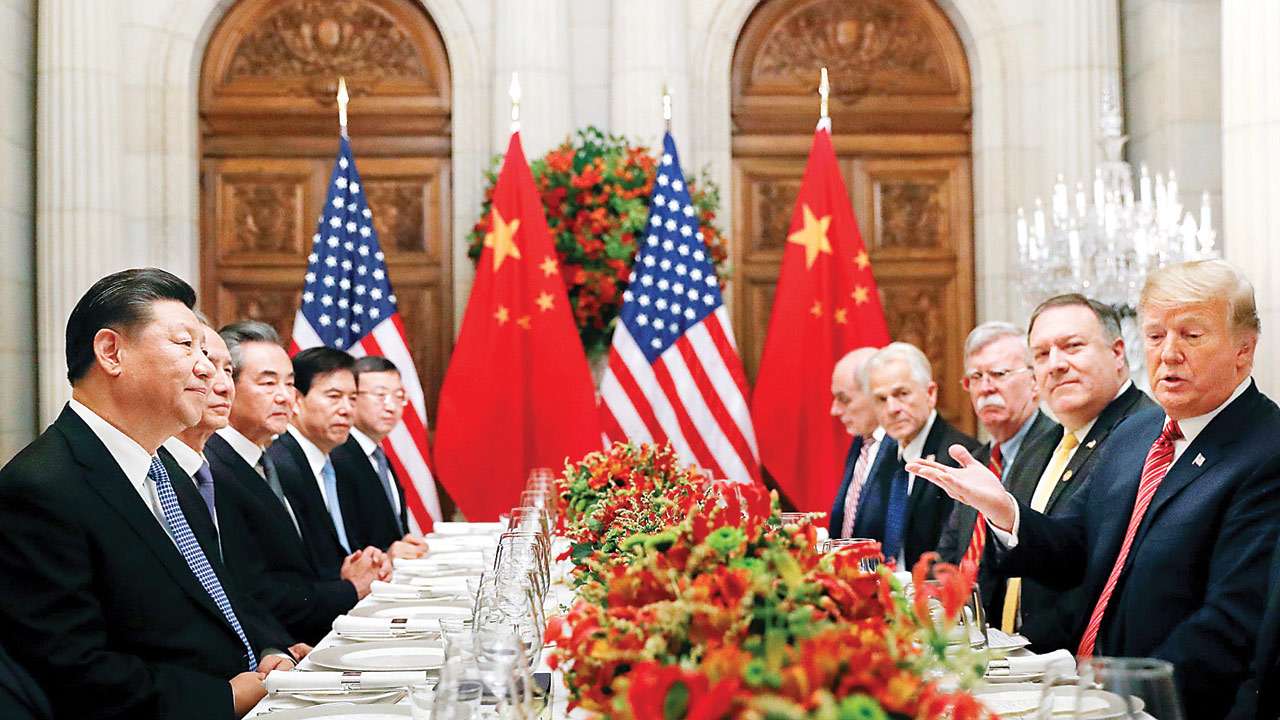
After the recent G20 summit in Argentina, it is clear that global groups do not have the ability, strength and willingness to collaborate for creating a better world.
World powers are hopelessly divided over several issues. The deep divisions between Russia, US, EU, China, India, the oil majors and emerging economies is creating an environment where no one can really depend on anyone else.
And this does not include the increasingly irrelevant United Kingdom, which is still thrashing around with the Brexit noose around its neck.
The relationships between all these countries will become more complex before it eases off. For decades, western powers evangelised a type of globalisation that benefitted them more than the others. As Asian economies began to realise the unjust rules that had been foisted on the world, they revolted.
When they demanded equal access to their markets, western countries had to step back. Much of this tussle led to the near collapse of the World Trade Organisation (WTO), which appeared to have been created only to open emerging economies while protecting western markets.
Despite this, countries like India, China and Brazil managed to created economic strengths that could rival, or at least threaten the control of western economies.
As manufacturing shifted to China and services moved to countries like India and South East Asia, Europe and US realised the weaknesses in their own economies.
Western powers used WTO to attack protectionism in emerging markets for decades. It was normal for visiting delegations to demand greater access in sectors with higher FDI limits. Now, the biggest howls to protect markets are emerging from EU and US.
The trade war between China and US is the most prominent symbol of such shift in attitudes. In many ways, China is clearing the way for emerging economies to follow. Develop internal strengths that can compete with the best in the world.
Security is the other dimension that grabbed the attention of the G20 leaders. However, there is not much that they can do. Russia is having its way in Ukraine. Saudi Arabia continues with its illiberal ways. US is refusing to fund NATO even as the EU wonders whether it has the resources to manage its own security.
In such a scenario, it is important that Asia determines its own future. Long dependent and impacted by the policies of the West, it is time that it created a new Asian order for itself.
At the recent Horasis Asia Summit in Vietnam, the former Director General of WTO and ex-Secretary General of UNCTAD, Supachai Panitchpakdi, was emphatic about self-reliance in the region. “We need a spirit of collaboration in Asia that can allow it to overcome its differences to become a formidable force in the world,” he stated.
For this, Asian countries have to create new frameworks of collaboration, which allow healthy competition and cooperation. The centre of economic gravity is shifting to Asia.
According to IMF’s regional economic outlook, China’s growth is projected to ease to 6.6 per cent, partly reflecting the authorities’ financial, housing, and fiscal tightening measures.
Progress in Japan has been above potential for eight consecutive quarters and is expected to remain strong this year at 1.2 per cent. And in India, growth is expected to rebound to 7.4 per cent, following temporary disruptions related to the currency exchange initiative and the rollout of the Goods and Services Tax.
The IMF goes on to say that Asia is expected to grow by around 5½ per cent this year, accounting for nearly two-thirds of global growth, and the region remains the world’s most dynamic by a considerable margin.
Add to this, growing consuming populations. A study by Brookings points out that half the world is now middle class or wealthier and most of it will be in Asia.
Calculations by authors Homi Kharas and Kristofer Hamel suggest that the middle-class markets in China and India in 2030 will account for $14.1 trillion and $12.3 trillion respectively, comparable in size to a US middle-class market at that time of $15.9 trillion.
The implication is clear. Asia will lead the world consumption and thus set the tone for economic growth.
Several initiatives have come up in recent years to bring Asia closer together. The most important among these is the Regional Comprehensive Economic Partnership (RCEP). RCEP has the potential to become more than a free trade agreement and become a binding force for Asian economic giants. If negotiated in a fair manner, the agreement will enhance internal trade, investment and security linkages within Asia.
Several experts have cautioned India against being part of RCEP. The Indian government itself is in the process of listening to experts on the best way ahead at regional trade grouping. For India, it does make eminent sense to be an active and important voice in RCEP. This could help in creating an Asian order that decides its own future.
Even as the western economies resolve their internal issues, Asia has the opportunity to make the most of its resources to be the economic centre of gravity of the world.
Author is an economic analyst